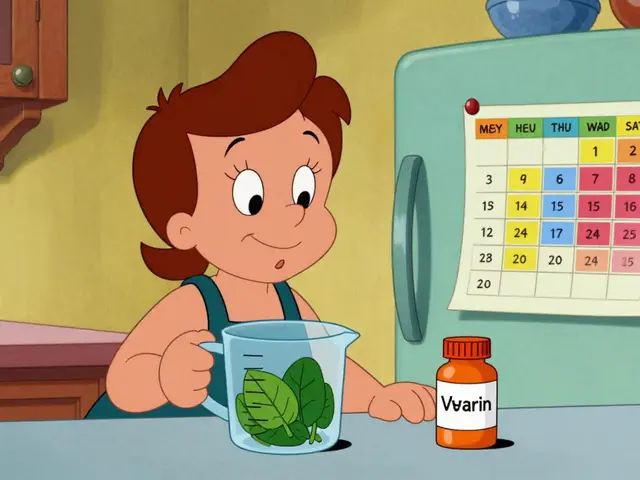Communal Harmony: Practical Ways to Build Respectful, Healthy Neighborhoods
Want a neighborhood where people feel safe, heard, and supported? Communal harmony isn’t some vague ideal — it’s a set of everyday habits that reduce stress, improve health, and make life easier for everyone. Strong social ties mean faster help during illness, better sharing of reliable health info, and fewer conflicts about resources.
Simple steps neighbors can take
Start small. Say hello, learn names, and check in on older neighbors. Regular, low-effort contact builds trust so people are more likely to ask for or offer help when it matters. Create few shared norms: quiet hours, waste rules, or clear expectations for communal spaces. When rules are simple and visible, friction drops.
Communicate clearly. Use group chats or a community board for announcements, but keep facts separate from opinions. If there's a health campaign—like a local vaccine clinic or safe medication disposal—post verified details and times. Misinformation spreads fast; trusted local voices (community leaders, pharmacists, school nurses) can stop it faster than online rumors.
Share resources fairly. If someone needs a ride to a clinic or help picking up medicine, organize a rota or quick volunteer list. Small systems—one-person-off duty each week—make support reliable without burning anyone out. Consider a neighborhood medicine drop-off day for expired drugs; it keeps streets and homes safer and protects kids and pets.
Handling disagreements before they escalate
Disagreements are normal. The goal is to manage them so they don't fracture trust. When tensions rise, slow the conversation down. Ask questions, repeat back what you heard, and avoid blaming language. “I felt worried when…” works better than “You always…”
Use neutral meeting spots and set a time limit if discussions get heated. If an issue involves health or safety—noise during rest hours, disputes over caregiving duties—bring in a neutral third party: a trusted elder, community mediator, or a staff member from a local clinic. Mediation keeps solutions practical and focused on what people actually need.
Include everyone. Design events and communications so different ages, languages, and schedules can participate. A single weekly meetup won’t work for everyone, so rotate times or offer short summaries in multiple languages. When people feel seen, they chip in more willingly.
Small, consistent actions build communal harmony faster than grand gestures. Keep things simple: regular check-ins, clear communication, fair sharing of resources, and calm problem-solving. These habits protect health, reduce stress, and make neighborhoods better places to live. Want practical guides on local health resources or safe medication practices to share with your group? Check our site’s guides and printable flyers to get started quickly.




